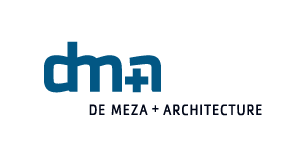One aspect of every project is complying with the California Building Standards Code, often known simply as Title 24.
Verifying compliance is a complicated process, and among the most difficult parts of that process is meeting the energy standards. Intensifying this difficulty is the fact that the state has recently made the energy code much more rigorous, and intends to make it tougher still.
When trying to comply with the code, designers have two tracks we can follow: prescriptive and performance. The prescriptive route is a long but straightforward list of minimum requirements for just about every aspect of the building, from wall and window insulation to air conditioning efficiency. Following the prescriptive path is relatively simple, but of course very limiting. The specificity of the code can make it difficult for clients and designers to achieve the look we are after, as some desired products might not be up to par with energy standards.
For this reason, most opt for the performance approach, which allows a slackening of energy savings in certain places, as long as we can prove that we’ve made up the difference someplace else. This gives our clients the flexibility to pick and choose the areas in which they want to indulge in a certain aesthetic, save money, or pursue efficiency.
DM+A works closely with clients when deciding which method to use to meet Title 24’s stringent requirements, weighing such issues as cost, style, simplicity and efficiency of process, and energy efficiency. We understand and can help clarify trade offs between short term savings, material quality, and long term energy benefits.

